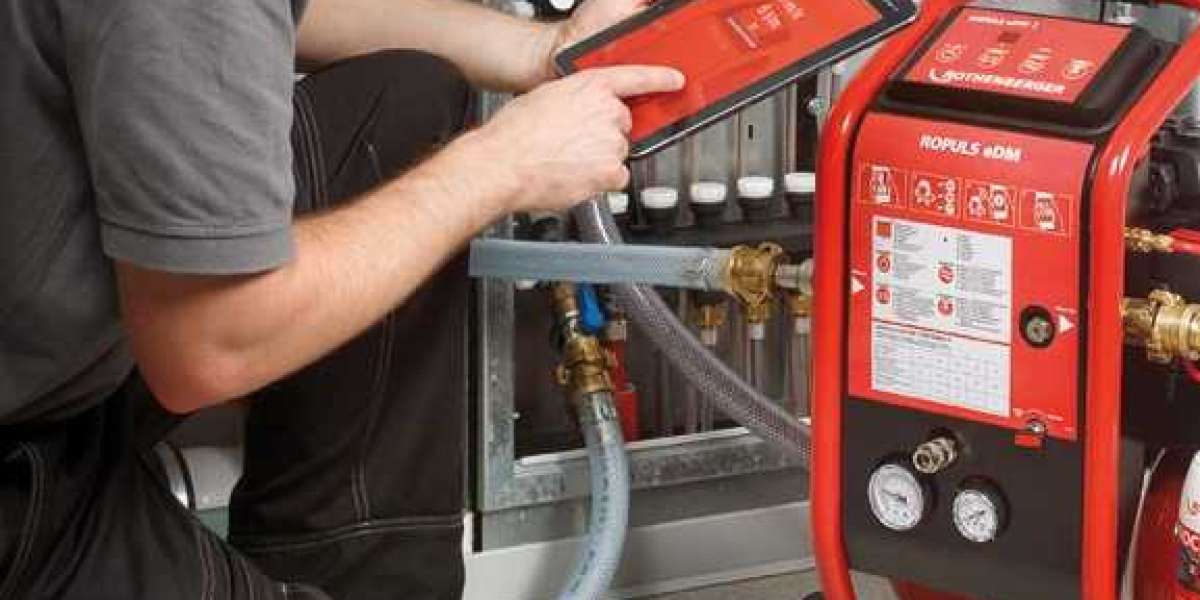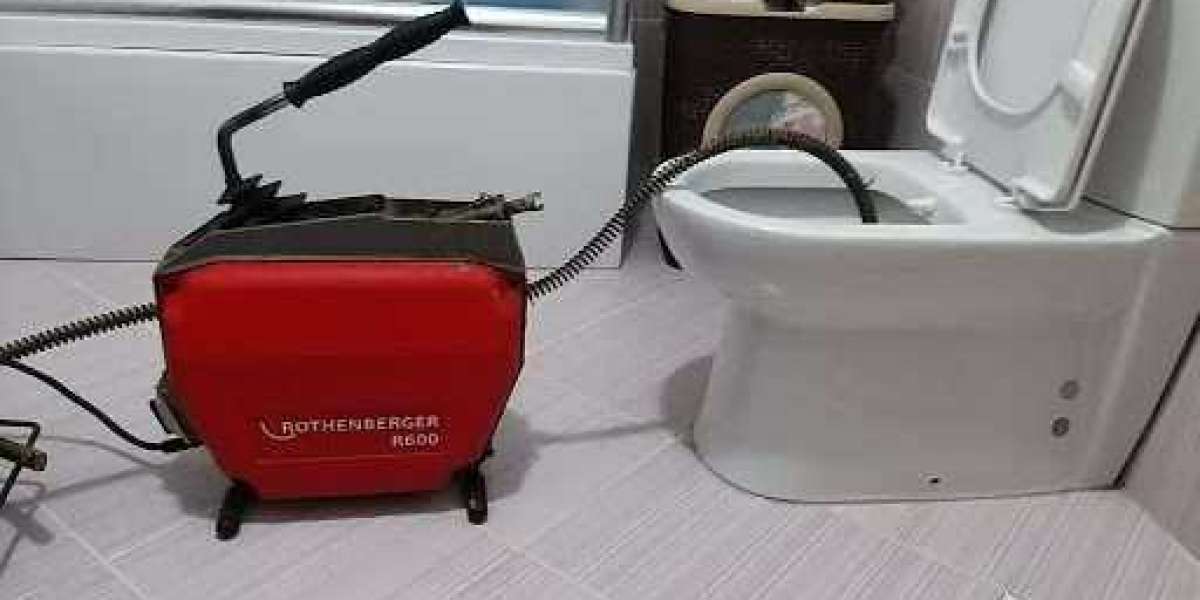Customized PVC Cling Film PVC wrap is suitable for all types of food packaging. Keep fresh: This PVC wrap has fog resistance: if the water-containing food is wrapped in ordinary preservation wrap, the surface is easy to condense water droplets and the appearance of fog, affecting poor outlook and easily spoiling food. This PVC wrap has excellent fog resistance, allows water droplets to disperse automatically, maintains good transparency of food packaging, ensures food freshness. PVC wrap for supermarkets: applicable to vegetables, fruits, meat, seafood and other food packaging. All you need to know about food grade PVC Plastic Wrap This is an overview of food grade PVC plastic wrap. We are specially prepared for you. What is food grade PVC plastic wrap? Plastic Packaging - Plastic packaging is a general term used to describe many different materials. Plastic packaging usually refers to industrial plastic packaging or food-grade plastic packaging used to fix trays. Plastic food packaging, also known as freshness wrap, food wrap, and Saran wrap, is a thin plastic wrap that is generally used to seal and secure food in wraps to keep it fresh. Plastic food wraps are sold in rolls or, more typically, in boxes with sharp edges. In 1933, a Dow Chemical laboratory staffer (Ralph Willie) had trouble cleaning beakers used to develop dry cleaning products, and plastic wraps were found. The product was originally developed as a spray that was sprayed on fighter planes to protect them from the salt spray of seawater. The original plastic package was polyvinylidene chloride (pvdc). In 1949, the Dow Chemical Company improved aerosols and developed Saran plastic wrap. Plastic wrap are usually made of PVC (polyvinylidene chloride). Other PVC alternatives have become more popular in recent years. The most popular choice in recent years is ldpe (low density polyethylene) as it is considered safer for the body. The problem with ldpe plastic wraps is that they cannot provide the amount of adhesion that PVC plastic wraps can. In 2004, the "Saran" brand changed to ldpe due to environmental concerns related to chlorides in PVC plastic packaging. Every Bliss Kiyomi roll is held to the highest standard for food safety. How is the pvc plastic wrap made? #1: Plastic particles are heated until they melt #2: Then pour the molten liquid into the mold to form a stretchable plastic tube #3: Compressed air is blown into the tube to form bubbles #4: Bubbles stretch the plastic to an ideal thickness #5: Air bubbles shrink between the metal rollers to form a plastic wrap. #6: Then roll the wrap onto a large metal reel that can hold several kilometers of wrap. #7: From a large roll, the plastic wrap is unrolled, cut, and rolled back into a smaller roll. #8: Laminating and unfolding plastic wraps help provide greater adhesion. #9: Then wrap the volume according to the user's needs. FAQ 1. Why is food packaged in plastic? PVC bags are used to package food as they adhere to the food itself and to food wraps, forming an airtight seal. The stretch film maintains the freshness of the food by preventing the entry of air. It also keeps dry foods away from moisture and prevents moisture loss from wet foods. Another advantage of using stretch films is to seal in the odor to prevent it from spreading to other foods stored nearby. 2. Is it safe to wrap food with plastic film? Yes it is safe. There is no evidence that PVC bags are harmful, but it is better to keep the bags at least 2 cm away from food. 3. How thick is the plastic film? Most of the plastic wraps are from 32 to 40 gauge. (8-10MIC) 4. What is the difference between PVC food film and non-PVC food packaging? Stretch films are first made from the most common material, polyvinylidene chloride (also known as PVC). Non-PVC food wraps are made primarily from low-density polyethylene. The main difference between the two is that PVC food packaging is freshness film, not PVC. 5. Can PVC food packaging be used in microwave ovens? Yes, but it's a good idea to drill holes in the steam vent. In addition, the film must be in contact with high fatty foods. You should know that if it is heated to a high temperature, the grease will melt the plastic film. 6. What size stretch film should I use? The size of the stretch pack depends on your needs, as all types of applications have different thicknesses and widths. 7. Can PVC food packaging be used in the refrigerator? Yes, it can be used to freeze food. The best way to wrap food in the refrigerator is to squeeze it tight and make sure there is no extra air. By removing all the air, you can prevent the refrigerator from burning out. 8. Can I use a film in the oven? No, the plastic films will not be used for: Ovens Stovetops Toaster Ovens If used on any of the above kitchen items, the PVC food pack will melt. 9. Can the film be heated? As described above, the stretch film should not be oven-heated or otherwise directly heated. Remember that plastic film melts when heated. 10. Is PVC food packaging environmentally friendly? Manufacturers of PVC food packaging, like juyou, put a priority on keeping the earth as clean as possible. The polyethylene film we produce is safe for the environment. Why is PVC food packaging environmentally friendly? Recyclable Does not contain or produce toxic or harmful by-products Provision of sanitary facilities Durable and therefore not wasted The use of PVC food containers can reduce the growth of mold, algae or infections by pests and rodents. 11. Is plastic packaging a good insulator? Plastic packaging has many advantages, but unfortunately it is not a good insulator. It can help keep you warm, but aluminum foil is a better insulator. The best way to use a plastic pack as insulation is to use two layers with air in the middle. Takeaway Food packaging is a thin plastic film that is mainly used to seal food in containers to keep it fresh for longer. It is also used for storage and transportation. PVC food containers can stick to many smooth surfaces without adhesive. This is one of the main advantages of using polyvinylidene chloride instead of non-PVC food packaging. Remember that the most important role of PVC food packaging is to protect and preserve, so it is ideal for restaurants, restaurants and even supermarkets, as it protects food from moisture, light, insects and animals. Last but not least, keep in mind that you are also reducing food waste and saving the environment when you use PVC packaging.Customized PVC Cling Film website:http://www.chinaclingfilm.com/pvc-cling-film/
Search
Popular Posts
Warning: foreach() argument must be of type array|object, bool given in /home/hitchgrso/public_html/themes/wowonder/layout/blog/main-sidebar.phtml on line 46

